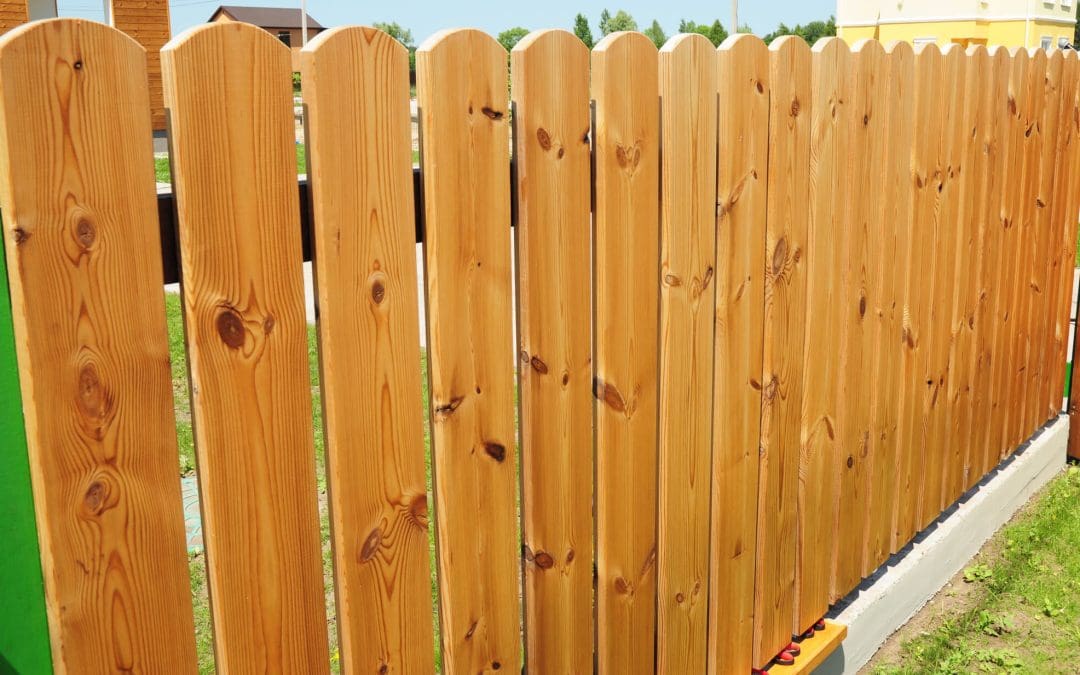Adding a new fence to your property is a practical and aesthetic improvement that enhances privacy, security, and curb appeal. Planning for a new fence requires thoughtful preparation to make the right choice for your needs. Whether installing a fence for the first time or replacing an existing one, this guide walks you through the key steps to get started.
Assess Your Needs Before Planning for a New Fence
Start by determining why you want a fence. Are you looking for privacy, security, a boundary for pets, or just a decorative addition? Understanding your primary goal will help narrow down your options when choosing materials, height, and style. For example, a tall, solid fence works well for privacy, while a low picket fence adds charm without blocking views.
Once you’ve established your goals, evaluate your property. Measure the area where the fence will be installed and note any slopes, landscaping features, or existing structures that might impact the project. This information is essential when discussing your plans with contractors or suppliers.
Research Local Regulations
Before selecting a design, familiarize yourself with local fencing regulations and homeowners’ association (HOA) rules. Many cities have specific guidelines regarding fence height, placement, and materials. These rules are designed to maintain neighborhood standards and ensure safety, so skipping this step could result in costly changes.
Check if you need a permit for the installation. Many areas require approval, especially if the fence is near property lines or over a certain height.
Choose the Right Material
The material you select will influence your fence’s look, durability, and maintenance requirements. Popular choices include wood, vinyl, metal, and composite materials.
- Wood is a classic option that offers versatility and a natural appearance, though it requires regular maintenance to prevent rot and warping.
- Vinyl fences are low-maintenance and weather-resistant, making them a popular choice for busy homeowners.
- Metal options like aluminum or wrought iron provide a sleek, durable finish that is perfect for decorative or security purposes.
- Composite materials combine the best of wood and plastic for a long-lasting and eco-friendly solution.
Consider your budget, climate, and how much upkeep you’re willing to commit to before deciding.
Plan for Installation While Planning for a New Fence
Professional installation is often the best route for a fence, especially for large or complex projects. Skilled installers ensure the fence is level, secure, and meets any local requirements. When choosing a contractor, ask for references, a written estimate, and a timeline for the work.
If you prefer a DIY approach, ensure you have the required tools and skills. Many home improvement stores offer fence kits that simplify the process, but it’s still important to research and plan carefully.
Factor in Maintenance
Every fence requires some level of care to stay in good condition. Wood fences benefit from regular sealing or staining, while vinyl and metal fences need occasional cleaning to keep them looking fresh. Consider the time and effort you’re willing to invest in maintenance when selecting your fence type.
Budget for the Project
A new fence is a significant investment, so it’s important to budget accordingly. Beyond the cost of materials and installation, consider additional expenses like permits, staining or painting, and future maintenance. Gathering multiple quotes from contractors or suppliers will give you a clear picture of what to expect.
With the right preparation and guidance, planning for a new fence can be a rewarding project that adds value and functionality to your property. Take your time, research, and enjoy the results of your efforts for years.
FAQs on Planning For a New Fence
How do I determine my property lines for a fence?
Start by reviewing your property survey or plat map, which shows boundary lines. If you don’t have one, you can hire a surveyor.
Do I need my neighbor’s permission to install a fence?
While it’s not always required, discussing your plans with neighbors is a good idea, especially if the fence will be near shared property lines. It fosters good relations and avoids potential disputes.
What’s the most durable fence material?
Metal fences, particularly aluminum or wrought iron, are among the most durable options. Composite materials are also highly resistant to wear and weathering.
Can I install a fence during winter?
Fences can be installed in winter, but frozen ground may require specialized equipment. During this season, contractors may also be more available, potentially lowering costs.
How long does a new fence last?
The lifespan of a fence depends on the material and maintenance. Wood fences last 10–20 years with proper care, while vinyl and metal fences can last 30 years or more.
St. James Home Services provides home inspections to homebuyers in Durham and the surrounding areas in North Carolina. Contact us to book an appointment.

